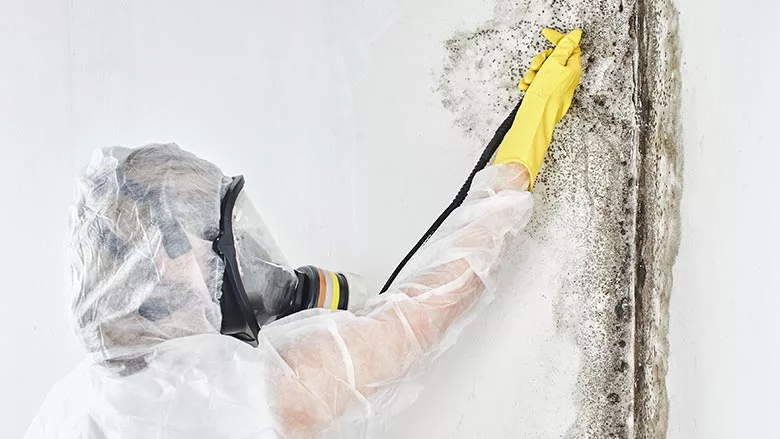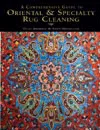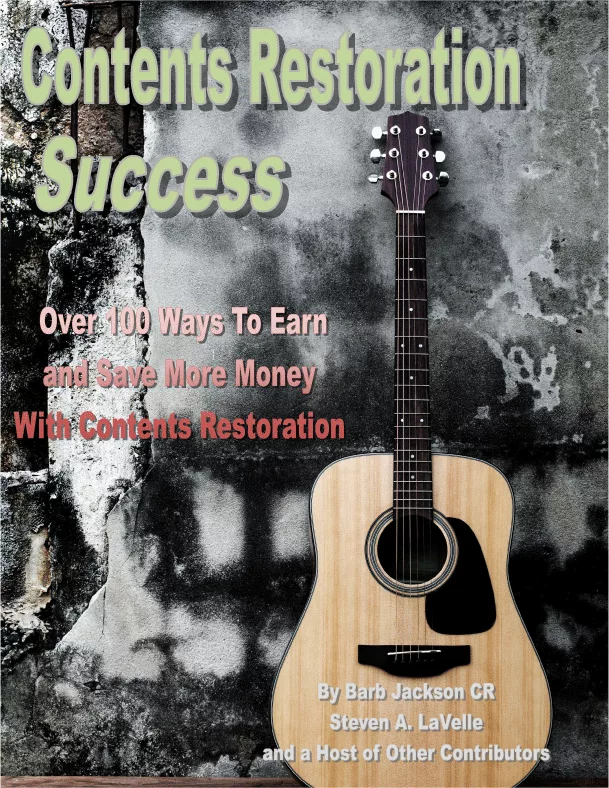Rug Restoration Takes Historic Turn

The restoration of an antique Laver Kirman carpet from the collection of Hearst Castle in San Simeon, Calif., by Restoration by Costikyan required a deft touch, deep knowledge and almost 8 months to complete.
Built on a hilltop overlooking the Pacific Ocean, Hearst Castle was commissioned by newspaper magnate William Randolph Hearst in 1919. In 1957, the Hearst Corp. donated the estate to the state of California; today it is both a State Historical Monument and a National Historic Landmark.





The project began in September 2007 and was completed in April 2008, at which time the Laver Kirman carpet had been restored to its former splendor.

Looking for a reprint of this article?
From high-res PDFs to custom plaques, order your copy today!




